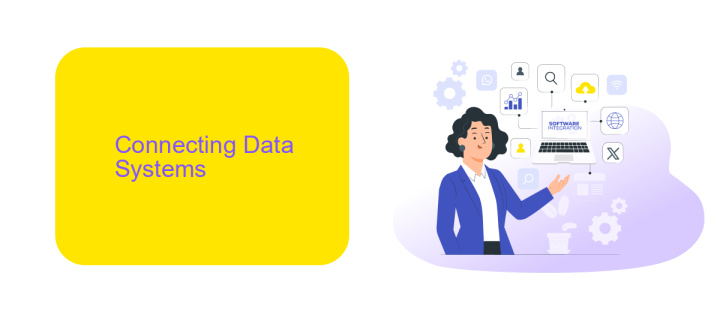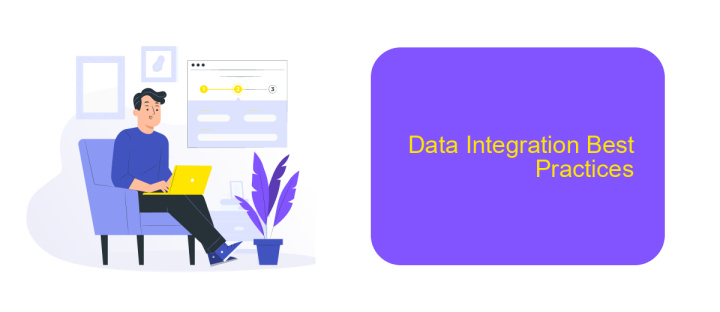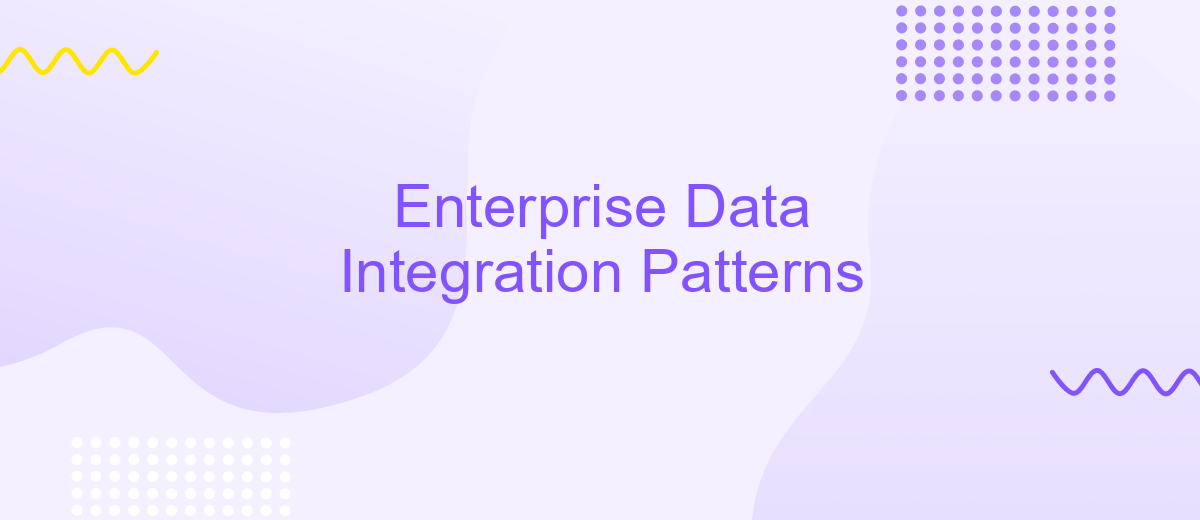Enterprise Data Integration Patterns
In today's data-driven world, enterprise data integration is crucial for seamless operations and informed decision-making. This article explores various data integration patterns, providing insights into their applications, benefits, and challenges. By understanding these patterns, organizations can effectively manage and integrate disparate data sources, enhancing their ability to derive actionable insights and maintain a competitive edge.
Enterprise Data Integration Patterns
Enterprise Data Integration Patterns are essential for ensuring seamless communication and data flow between diverse systems within an organization. These patterns help in managing data consistency, reducing redundancy, and improving the overall efficiency of business processes.
- Data Consolidation: Aggregates data from multiple sources into a single centralized repository.
- Data Propagation: Distributes data from one system to multiple other systems in real-time or batch mode.
- Data Federation: Provides a virtual database that integrates data from disparate sources without moving it.
- Data Transformation: Converts data from one format to another to ensure compatibility between systems.
One effective tool for managing these integration patterns is ApiX-Drive. This service allows businesses to automate data flows between various applications and systems without the need for extensive coding. By leveraging ApiX-Drive, organizations can streamline their data integration processes, ensuring that data is accurate, up-to-date, and readily available for decision-making purposes.
Connecting Data Systems

Connecting disparate data systems is a critical challenge in enterprise data integration. The goal is to enable seamless data flow between various applications, databases, and services, ensuring that information is accurate, up-to-date, and accessible across the organization. This often involves using middleware, APIs, and data integration platforms that can handle different data formats, protocols, and communication methods. Effective data integration not only enhances operational efficiency but also supports better decision-making by providing a unified view of enterprise data.
One effective approach to connecting data systems is leveraging integration services like ApiX-Drive. ApiX-Drive simplifies the process by offering pre-built connectors and automation tools that facilitate data transfer between a wide range of applications and services. By using such platforms, businesses can reduce the complexity and time required to set up integrations, allowing IT teams to focus on more strategic tasks. Additionally, these services often come with monitoring and error-handling features, ensuring that data flows smoothly and issues are promptly addressed.
Data Integration Design

Designing an effective data integration strategy is crucial for ensuring seamless data flow across enterprise systems. The design process involves several key steps to ensure that data is accurately and efficiently integrated.
- Identify Data Sources: Determine the various data sources that need to be integrated, such as databases, APIs, and third-party applications.
- Define Data Mapping: Establish how data fields from different sources will correspond to each other, ensuring consistency and accuracy.
- Choose Integration Tools: Select the appropriate tools and platforms for data integration. ApiX-Drive, for example, offers robust solutions for connecting various applications and automating data workflows.
- Implement Data Transformation: Apply necessary transformations to ensure data is in the correct format and structure for the target system.
- Test and Validate: Conduct thorough testing to identify and resolve any issues, ensuring data integrity and reliability.
By following these steps, enterprises can design a data integration framework that supports real-time data exchange and enhances operational efficiency. Tools like ApiX-Drive can simplify the integration process, offering pre-built connectors and automation capabilities to streamline data workflows.
Data Integration Best Practices

Effective data integration is crucial for ensuring seamless data flow across various systems within an enterprise. To achieve this, it is essential to follow best practices that enhance data consistency, reliability, and security. One fundamental practice is to establish clear data governance policies that define data ownership, access controls, and compliance requirements.
Another critical aspect is to utilize robust integration tools that facilitate easy and efficient data synchronization. For instance, ApiX-Drive offers a versatile platform that simplifies the integration process, enabling businesses to connect multiple applications without extensive coding. This not only accelerates deployment but also reduces the risk of errors.
- Define clear data governance policies.
- Utilize reliable integration tools like ApiX-Drive.
- Ensure data quality through regular validation and cleansing.
- Implement strong security measures to protect sensitive data.
- Monitor and audit data integration processes regularly.
By adhering to these best practices, enterprises can optimize their data integration efforts, leading to improved operational efficiency and better decision-making. Leveraging tools like ApiX-Drive can further streamline the integration process, ensuring that data flows seamlessly across all systems.
- Automate the work of an online store or landing
- Empower through integration
- Don't spend money on programmers and integrators
- Save time by automating routine tasks
Advanced Data Integration Techniques
Advanced data integration techniques leverage cutting-edge technologies and methodologies to streamline and enhance the integration process. One such technique is the use of machine learning algorithms to automate data mapping and transformation. These algorithms can identify patterns and relationships within datasets, reducing the need for manual intervention and increasing the accuracy of data integration. This approach not only saves time but also ensures a higher level of data consistency and reliability.
Another advanced technique is the implementation of real-time data integration using event-driven architectures. This allows for the immediate processing and synchronization of data across multiple systems as events occur. Tools like ApiX-Drive facilitate this by providing a platform that supports seamless API integrations, enabling businesses to connect various applications and automate workflows without extensive coding. By leveraging such advanced techniques, organizations can achieve more efficient and responsive data integration, ultimately driving better decision-making and operational efficiency.
FAQ
What is Enterprise Data Integration?
Why is Data Integration important for businesses?
What are some common patterns used in Enterprise Data Integration?
How can automation help in Data Integration?
What challenges might a business face during Data Integration?
Apix-Drive is a simple and efficient system connector that will help you automate routine tasks and optimize business processes. You can save time and money, direct these resources to more important purposes. Test ApiX-Drive and make sure that this tool will relieve your employees and after 5 minutes of settings your business will start working faster.


